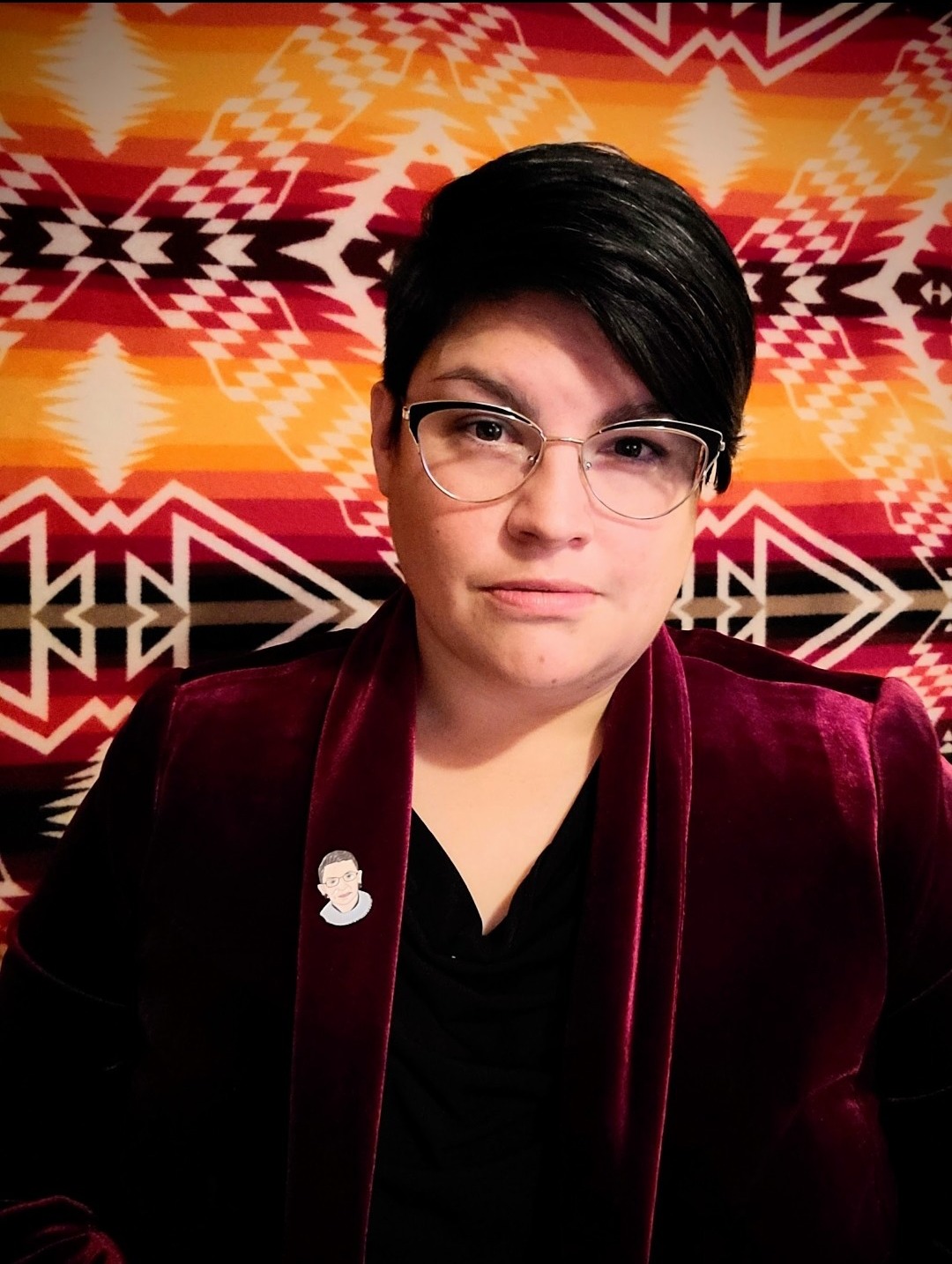Language Matters: An Everyday Way to Contribute to Reconciliation
By Jessica Buffalo, Indigenous Initiatives Counsel
 As lawyers, we are used to being cognizant of the language that we use — be it drafting pleadings, writing articles or corresponding with colleagues. We have taken ethics courses in law school or seminars on how to avoid further marginalization of our colleagues and to be civil in all communications. Despite this, language surrounding colloquialisms pertaining to Indigenous peoples continues to be used in our everyday language.
As lawyers, we are used to being cognizant of the language that we use — be it drafting pleadings, writing articles or corresponding with colleagues. We have taken ethics courses in law school or seminars on how to avoid further marginalization of our colleagues and to be civil in all communications. Despite this, language surrounding colloquialisms pertaining to Indigenous peoples continues to be used in our everyday language.
In this article, I have identified some common phrases that are outdated and perpetuate negative stereotypes for Indigenous peoples, as well as suggested alternatives.
- “Circle the wagons” – This phrase comes from the Manifest Destiny era which saw many Indigenous nations wiped out and displaced to make room for settlers. In 2017, Calgary’s “Circle the Wagons” festival vowed to rebrand the festival’s name to be more culturally sensitive and inclusive. “Using a term like circle the wagons has historic triggers,” said Lee Deranger in an interview with the Calgary Herald. She continued, “The idiom evokes the image of settlers who were encroaching on ancestral lands, circling their wagons to find off attacks from Indigenous people.” Instead, say: “We need to come up with a good strategy or course of action.”
- “Let’s powwow about that.” – Unless there is a grand entry and Bannock tacos, it is not a powwow and should not be described as such. A powwow is a cultural celebration. Using it to refer to a business meeting not only diminishes the cultural significance of a powwow, but also signals to Indigenous colleagues that you do not respect or value their culture. Instead, say one of the following:
- “I will schedule a meeting for all of us to discuss this business.”
- “Let’s meet and chat about that.”
- “Let’s discuss this in more length in my office.”
- “We have some good ideas here, let’s plan to meet later to discuss more.”
- “Bury the hatchet” –The origin of this phrase comes from a place of peace, just as the phrase suggests. However, the burying of the hatchet (and other battle weapons) was a peace-making ceremony. Using the term disparages that ceremony. One instance of such ceremony, in Canada, was The Burying the Hatchet Ceremony (also known as the Governor’s Farm Ceremony) which occurred in Nova Scotia, June 25, 1761. This ceremony and the treaties that were entered into created an enduring peace and commitment to obey the rule of the law. Instead, say one of the following:
- “Let bygones be bygones.”
- “Let’s resolve to move forward together and leave the past behind us.”
- “Let’s peacefully co-exist.”
- “Lowest man on the totem pole” –This phrase was originally coined by a non-Indigenous comedian back in the 1940s. I moved to Vancouver Island as a child and was immediately exposed to the rich and vibrant culture of the Salish. This saying has never made sense to me because I know that for the totem pole to reach as high in the sky as it does, it must have a strong foundation. Each animal or person that is depicted on a totem pole is there for a reason and would not be considered “less than” as each totem pole often depicts a story for which each image has an important role. These are monumental carvings that commemorate ancestry, histories, people or events. The phrase should not be used to distinguish someone’s role as not having much value.
As lawyers, we should stive to promote inclusivity and reconciliation in the language we use. This is one small thing lawyers can do to practice reconciliation in our daily lives.
